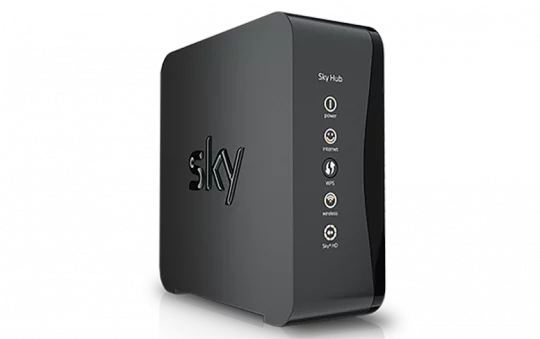IP address conflicts are usually temporary, but you can’t count on them to always resolve themselves.
We’ll look at likely causes of IP address conflicts and some ways to address them.
Picture the following: You’re sitting at the computer minding your own business. Then, all of a sudden, Windows presents you with a warning: “There is an IP address conflict with another system on the network.”
You then quickly realize that you no longer have Internet access, or your connection becomes so intermittent it becomes unusable.
This probably happens to many of us every so often, and as is typical, the cryptic Windows error message doesn’t give you much to go on to help identify and fix the problem.
Fortunately, IP address conflicts are usually temporary and often eventually resolve themselves. But you can’t count that to always happen. Even when it does, the resolution is not always immediate, causing many to resort to time-consuming reboots that may or may not remedy the problem.
In this article, we’ll examine likely causes of IP address conflicts and some ways to address them (forgive the pun).
Conflict Resolution
Let’s start by briefly defining exactly an IP address conflict is. In order for a system to communicate on a network it must have an IP address, and by definition that IP addresses must be unique — unique, at least, to your own network.
When two devices somehow wind up with the same IP address, this is detected and the network interface on both on them gets disabled, causing each system to lose its connectivity until the conflict is resolved.
So what are some possible causes of IP address conflicts? A classic one is when two systems are given an identical static (manually assigned) address.
This scenario isn’t as common as it once was, however, because on a typical home or small business network DHCP is used to automatically manage and assign IP addresses.
DHCP servers — which are built into most routers — use a defined pool of IP addresses (called a scope) from which it doles out addresses in response to system requests.
But since the default DHCP scope for most routers includes every available network address, even a single device with a static address assignment can cause a conflict if that address has already been given out by DHCP.
You can minimize the chance of this happening by reducing the number of addresses in the DHCP pool to slightly more than you need (most routers let you do this), which allows you to have some free and available when you need static addresses.
But even avoiding the use of static addresses and relying entirely on DHCP doesn’t eliminate the potential for address conflicts.
For example, in some cases you may (often unknowingly) have more than one similarly configured DHCP server handing out overlapping addresses, especially if you have multiple wireless access points or other network devices with an embedded DHCP server (which is usually turned on by default).
In this case, too many cooks spoil the broth, so you should only have one DHCP server running and make sure all others are turned off.
Another common cause of address conflicts is when a system comes back online after an extended period in standby or hibernate mode, especially if the system was previously part of another network (say, a work notebook brought home).
A conflict will promptly occur if the address the system was previously configured with is the same as one that’s already in use on the network.
Absent any of the above causes, conflicts can also be caused by internal DHCP server malfunctions, which cause them to lose track of which systems are using which addresses. This can be surprisingly common with some routers.
Finding and Fixing the Culprit
As we mentioned above, IP conflicts tend to eventually work themselves out in DHCP environments because systems issue repeated requests for valid addresses.
But since the process can take a while and doesn’t always work as planned, one way to hasten a fix is by manually entering IPCONFIG /RELEASE and IPCONFIG /RENEW from a command prompt (restarting a system accomplishes the same thing but takes a lot longer).
If the conflict persists even after renewing the IP address, it may be because your system’s been re-issued the same address it already had and another system on your network is the source of the problem.
You can get a clue about the offender by checking the System Log within the Windows Event Viewer (which you can get to via Start|Control Panel| Administrative Tools|Event Viewer) and looking for a DHCP error entry.
The entry will list a network address (actually a MAC address) which you can use to identify the conflicting device, either by running IPCONFIG / ALL on a Windows system or checking the label on the back or underside of a non-PC device.
Performing a IPCONFIG release and renew or restarting the other device should set things right. If not, restarting your router should do the trick as it will reset the DHCP server and force all systems to request new IP addresses.
If you experience chronic IP conflicts with no apparent cause, you may want to consider updating your router with its most recent firmware. If you’re already running the latest firmware, re-flashing the router with the same firmware, in rare cases, can make its DHCP server more reliable.
Joe Moran is a regular contributor to PracticallyNetworked.




